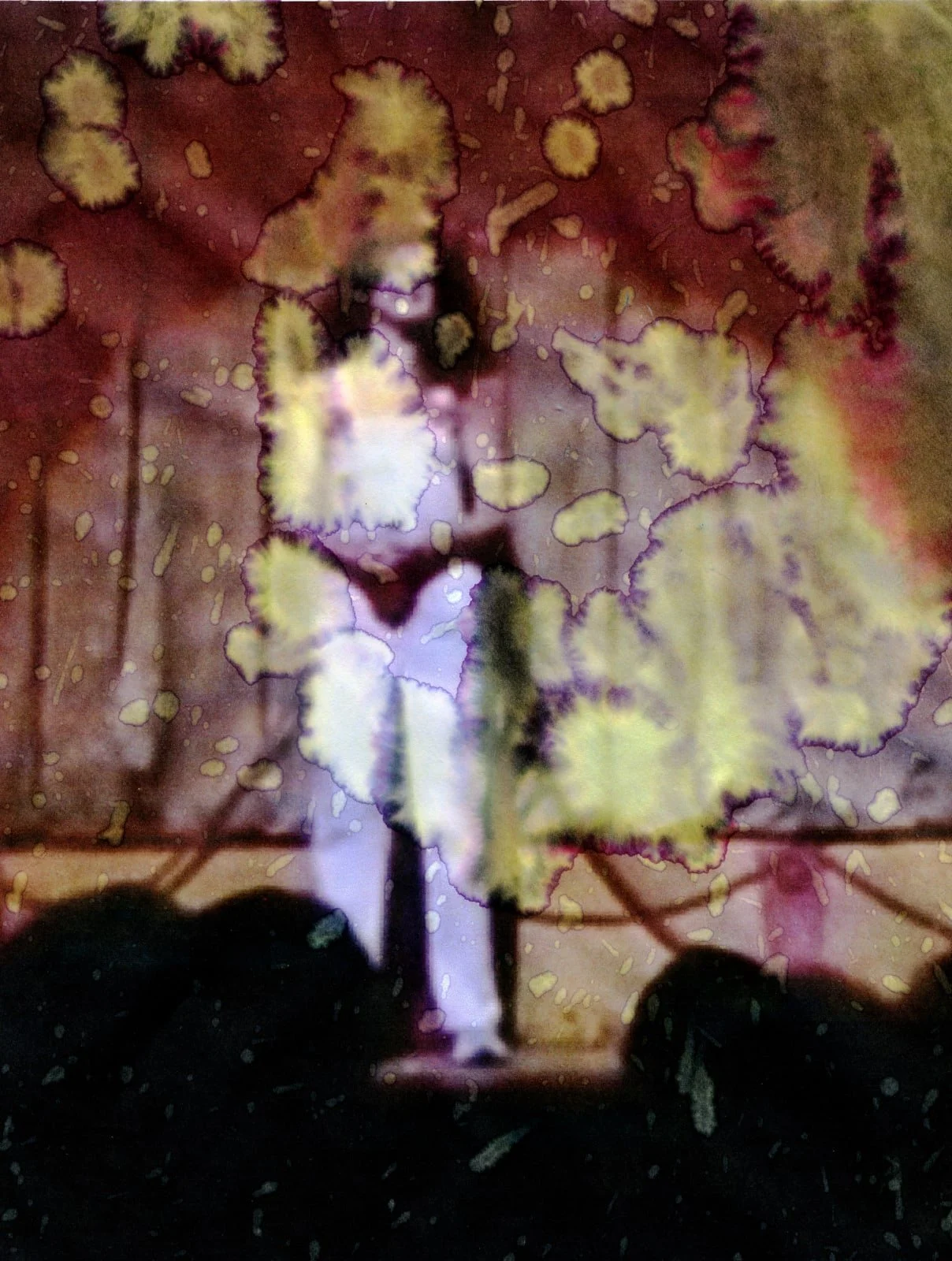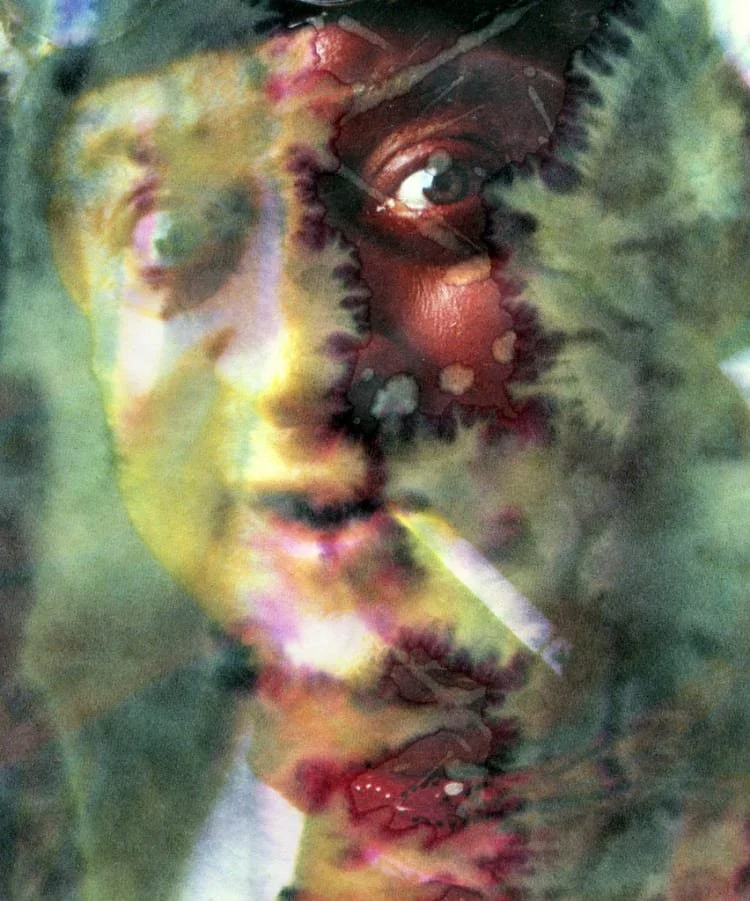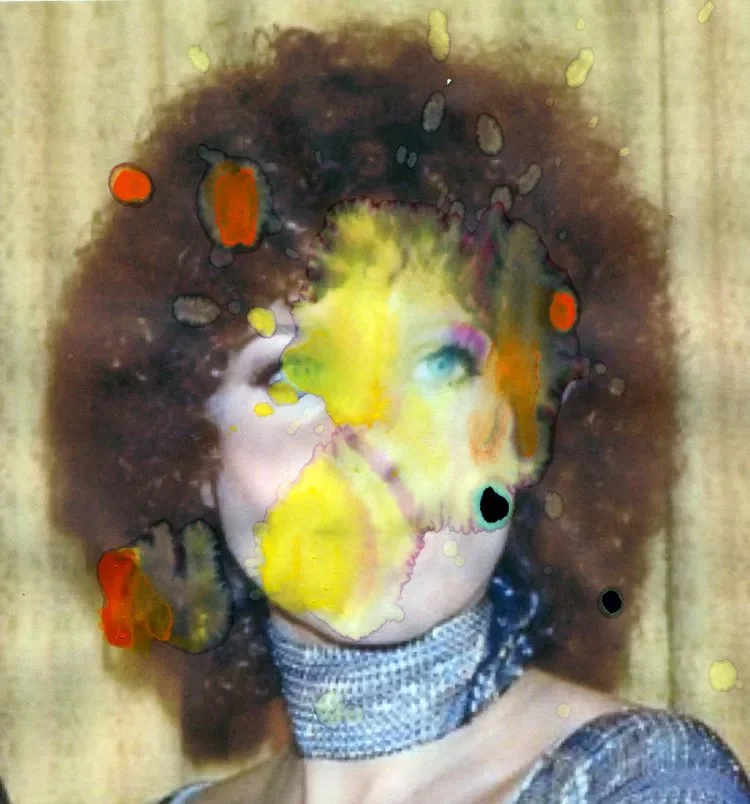From Our Archives: Sara Greenberger Rafferty
Sara Greenberger Rafferty, Fig (Black), 2011.
This interview was originally featured in Issue No. 1
Dmitry Kiper: When you are at the early stages of a project, do you already know 100 percent how your photos will look like? Or does the creative process serve as kind of guide, letting you tweak your ideas along the way?
Sara Greenberger Rafferty: I rarely know what form my work will take. I often try things in different ways, as photos, sculptures, videos, prints, etc. I usually start with a few notions, like some source images, or a relationship, or a feeling, or in the case of my current show [at the Rachel Uffner Gallery] some literature. Then the work comes out of a lot of trial and error and a lot of staring at the wall.
Sara Greenberger Rafferty, Stage (Gilda), 2010.
DK: Please discuss your creative process for making photos like “Rodney,” “United Artist,” and “Stage (Gilda).”
SGR: I’ll start with “United Artist,” because that was the first of the three, and the process was fairly different. I was working on some small color studies for a show at the now defunct Guild and Greyshkul Gallery, in SoHo. I had this black and white picture of Mary Pickford in a striped apron on a stool. I chose the picture for three reasons. One, because of who Pickford was, a female comic and co-founder (with Charlie Chaplin and Douglas Fairbanks) of the United Artists motion picture studios. Two, because she was wearing stripes, and I was working with stripes, because of their multifaceted associations with pajamas, prisoners’ clothing, and fairs. And, three, because she was sitting on a stool, and I had been working for a while with stools as a form. I used Photoshop to tone the photograph red, and then I gave her yellow ‘rouge’ because I was working with yellow for eggs. This all sounds neither here nor there, but this is the process.
For “Rodney” and “Stage (Gilda)” the process started with the source image as well, in the case of Rodney, it’s from the record cover for “Rappin’ Rodney.” I tried to make him look like a Vietnam Vet. In the Gilda picture, it was the first one I made that wasn’t a face-only portrait. It’s a full figure, with a stage and audience. It was from a YouTube clip, so I was trying something new, more of which you see in my current show. The rest of the process was the same: I printed out the pictures small on an inkjet printer, added water on the floor or on another structure, waited for it to dry, and then I photographed the “prop” using a scanner. Then I edited the files in Photoshop. They were all printed using light exposed to sensitive paper like traditional photographs.
Sara Greenberger Rafferty, Rodney, 2009.
DK: Are there any rules you follow or advice you can give with regard to incorporating humor into your work?
SGR: I actually don’t think my work is funny. I think it’s pretty sad. I don’t think work that is trying to be funny, or that is only trying to get a laugh is the best approach. Much good humor hits you in the gut and points to kinds of failures or inadequacies.
DK: Is procrastination an enemy or a friend?
SGR: For me, a frenemy: it’s a friend because I'm fairly intimate with procrastination as a mechanism, and it’s an enemy because in general I think procrastination as an avoidance of heavy lifting is not so good.
Sara Greenberger Rafferty, Barbra, 2010.
Read the rest of this interview in Issue No. 1
View more of Sara Greenberger Rafferty’s work here.











